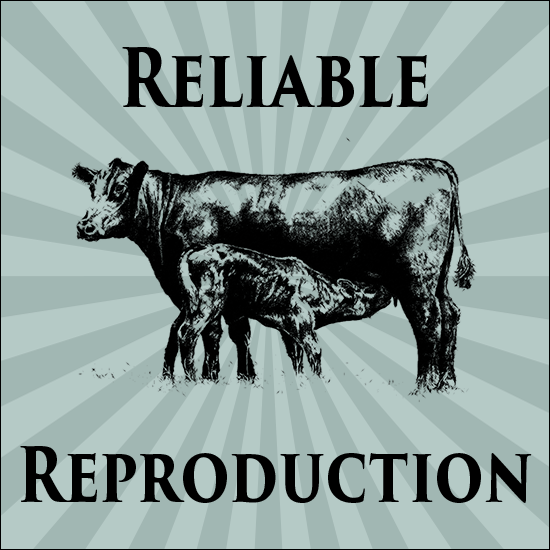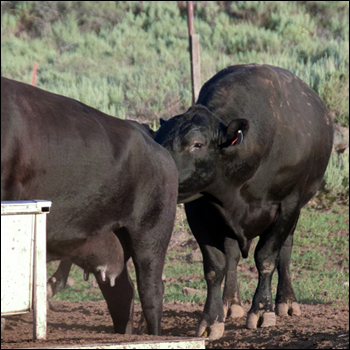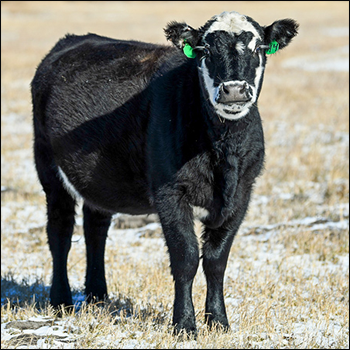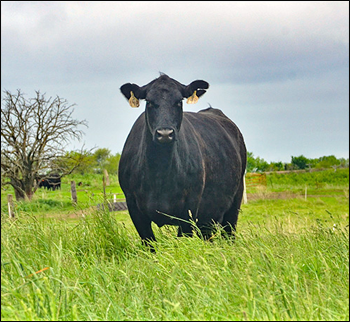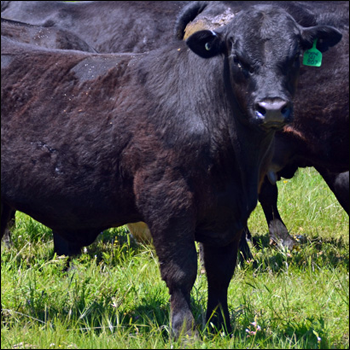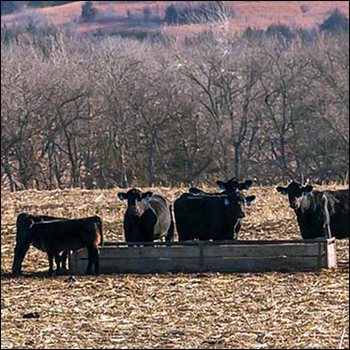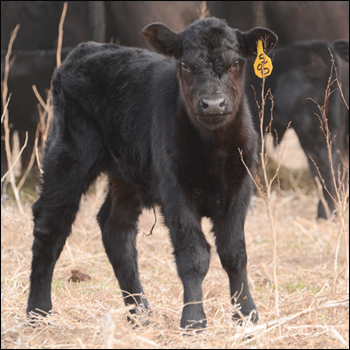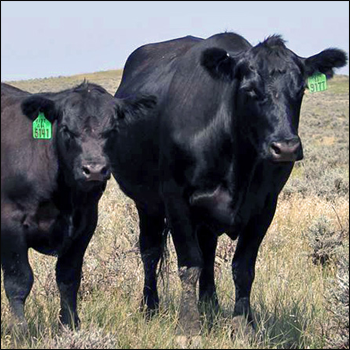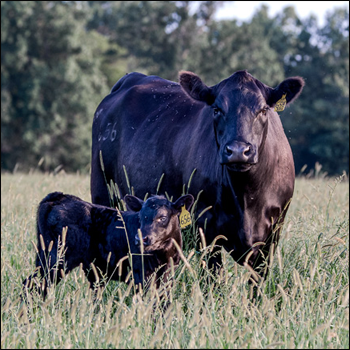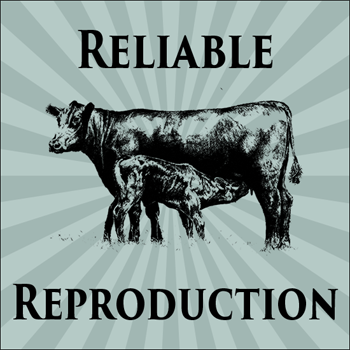
What Can You Do After a Weather Disaster?
USDA urges communities, farmers, ranchers to be prepared for severe weather.
The USDA reminds those in the path of severe weather this spring to take steps now to keep their food safe, and for farmers and ranchers to take proactive steps to protect their livestock. Along with green grass and colorful flowers, spring weather can bring with it damaging winds, severe rain, flooding, hail and tornadoes.
Food safety guidance
Severe weather forecasts often present the possibility of power outages that could compromise the safety of stored food. USDA encourages those in the path of storms to take the following precautions:
- During a power outage, the refrigerator will keep food at a safe temperature (below 40° F) for up to four hours. A full freezer will hold a safe temperature for approximately 48 hours (24 hours if it is half full). Keep refrigerator and freezer doors closed to prevent cold air from escaping.
- Keep an appliance thermometer in both the refrigerator and freezer in the event you do need to check the refrigerator or freezer temperatures.
- Freeze water in small plastic storage bags or containers prior to a storm. These containers are small enough to fit around the food in the refrigerator and freezer to help keep food cold.
- Freeze refrigerated items, such as leftovers, milk, and fresh meat and poultry that you may not need immediately — this helps keep them at a safe temperature longer.
- Consider getting 50 pounds (lb.) of dry or block ice if a lengthy power outage is possible. This amount of ice should keep a fully stocked 18-cubic-feet freezer cold for two days.
- Group foods together in the freezer — this “igloo” effect helps the food stay cold longer.
- Keep a few days’ worth of ready-to-eat foods that do not require cooking or cooling.
For questions about food safety, call the Meat and Poultry Hotline at 1-888-674-6854, Monday through Friday from 10 a.m. to 6 p.m. ET (English or Spanish), email MPHotline@usda.gov or live chat at Ask USDA.
Owners of meat and poultry producing businesses who have questions or concerns may contact the Food Safety and Inspection Service (FSIS) Small Plant Help Desk by phone at 1-877-FSIS-HELP (1-877-374-7435), by email at infosource@fsis.usda.gov, or 24/7 online at www.fsis.usda.gov/wps/portal/fsis/topics/regulatory-compliance/svsp/sphelpdesk.
Risk management and disaster assistance for agricultural operations
USDA offers several risk-management and disaster-assistance options to help producers recover after disasters.
Producers who suffer losses and whose crops are covered for the 2021 crop year by the Federal Crop Insurance Program or the Noninsured Crop Disaster Assistance Program (NAP) are asked to report crop damage to their crop insurance agent or local FSA office, respectively, within 72 hours of discovering damage and follow up in writing within 15 days.
Livestock and perennial crop producers often have more limited risk-management options available, so there are several disaster programs for them. Key programs offered by USDA’s Farm Service Agency (FSA) include:
- The Livestock Indemnity Program and the Emergency Assistance for Livestock, Honeybee and Farm-raised Fish Program reimburses producers for a portion of the value of livestock, poultry and other animals that were killed or severely injured by a natural disaster or loss of feed and grazing acres.
- The Tree Assistance Program provides cost-share assistance to rehabilitate or replant orchards and vineyards when storms kill or damage the trees, vines or bushes. NAP or Federal Crop Insurance often only covers the crop and not the plant.
- The Emergency Conservation Program and Emergency Forest Restoration Program can assist landowners and forest stewards with financial and technical assistance to restore damaged farmland or forests.
It is also critical that producers keep accurate records to document damage or loss and to report losses to their local USDA Service Center as soon as possible.
Additionally, USDA’s Natural Resources Conservation Service (NRCS) can provide financial resources through its Environmental Quality Incentives Program to help with immediate needs and long-term support to help recover from natural disasters and conserve water resources. USDA can also assist local government sponsors with the cost of recovery efforts like debris removal and streambank stabilization to address natural resource concerns and hazards through the Emergency Watershed Protection Program.
On farmers.gov, the Disaster Assistance Discovery Tool, Disaster Assistance-at-a-Glance fact sheet and Farm Loan Discovery Tool can help producers and landowners determine program or loan options. For assistance with a crop insurance claim, producers and landowners should contact their crop insurance agent. For FSA and NRCS programs, they should contact their local USDA Service Center.
Editor’s note: This article is from the USDA.

Angus Proud
In this Angus Proud series, Editorial Intern Jessica Wesson provides insights into how producers across the country use Angus genetics in their respective environments.
 Angus Proud: Scott Sproul
Angus Proud: Scott Sproul
Oklahoma operation learned wisdom of moving calving season to better suit their marketing needs.
 Angus Proud: Bubba Crosby
Angus Proud: Bubba Crosby
Fall-calving Georgia herd uses quality and co-ops to market calves.
 Angus Proud: Jim Moore
Angus Proud: Jim Moore
Arkansas operation retains ownership through feeding and values carcass data.
 Angus Proud: Les Shaw
Angus Proud: Les Shaw
South Dakota operation manages winter with preparation and bull selection.
 Angus Proud: Jeremy Stevens
Angus Proud: Jeremy Stevens
Nebraska operation is self-sufficient for feedstuffs despite sandy soil.
 Angus Proud: Dave Rutan
Angus Proud: Dave Rutan
Angus breeder gets the most out of his bull investment by partnering with opposite calving-season operation.
